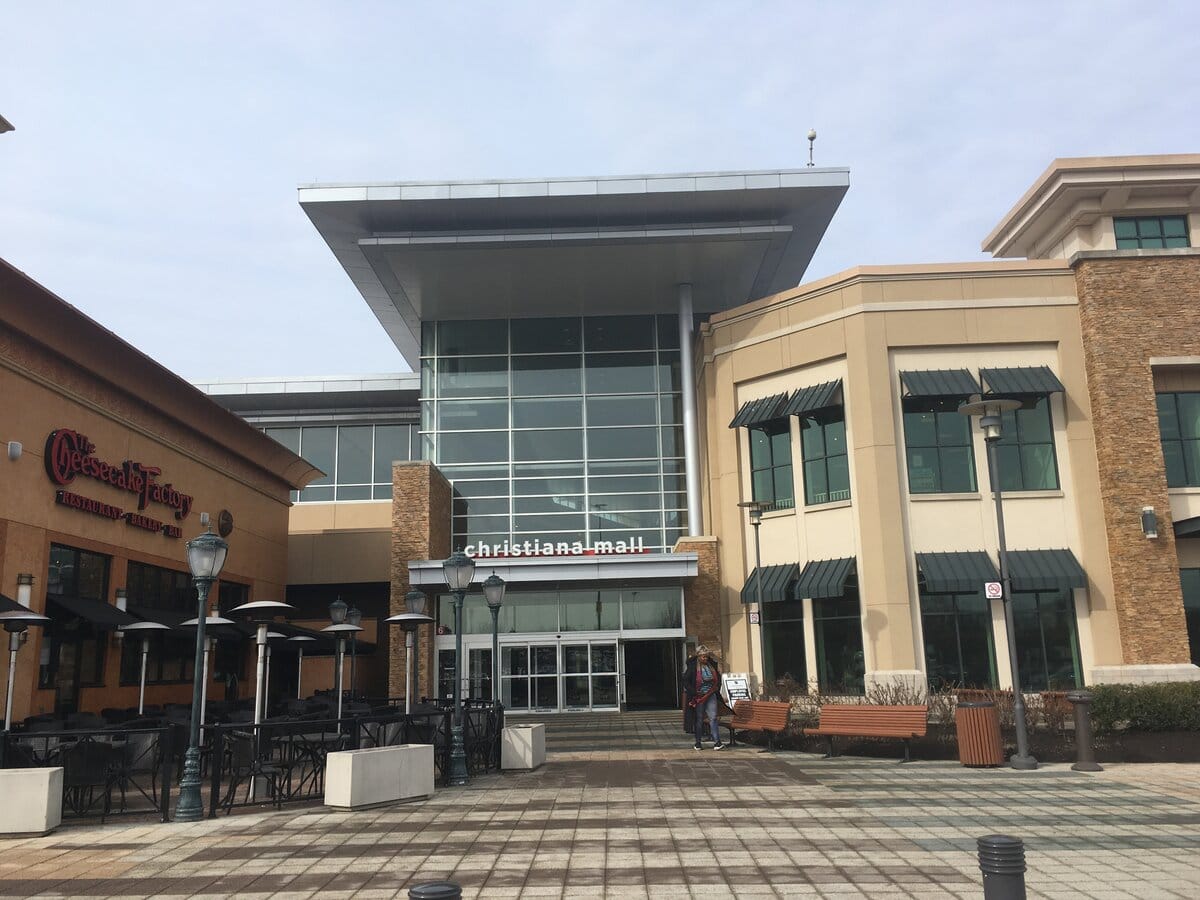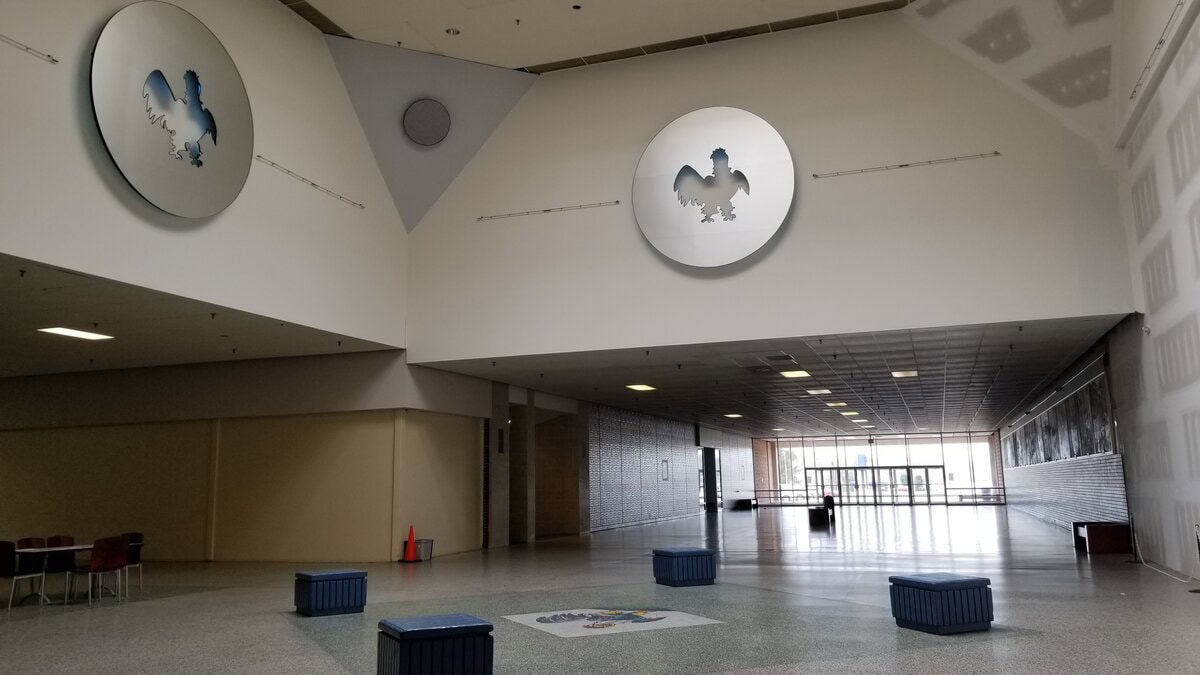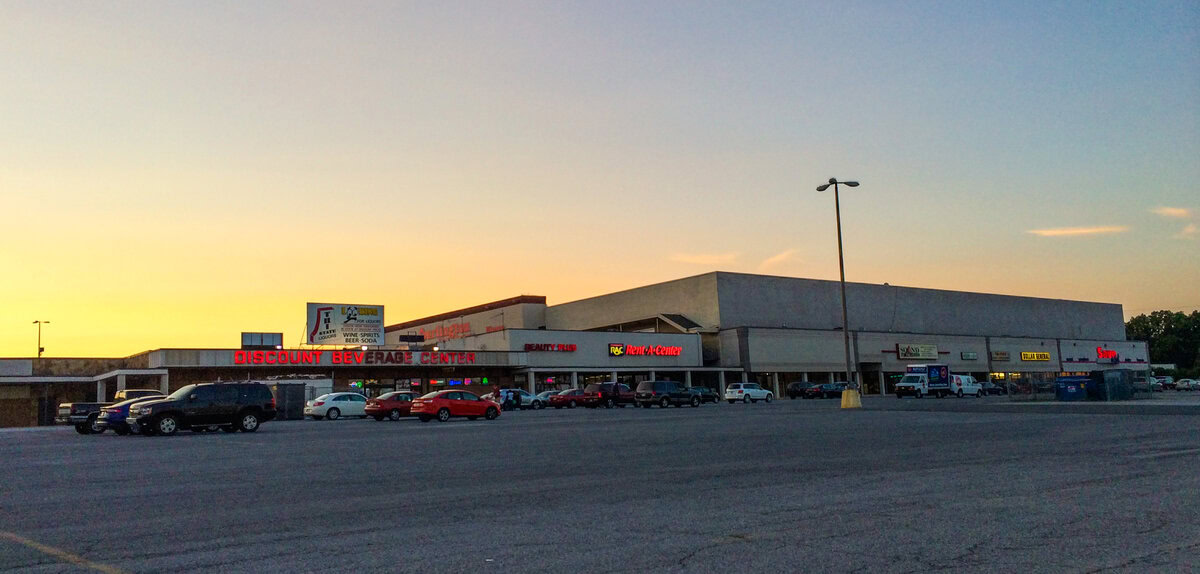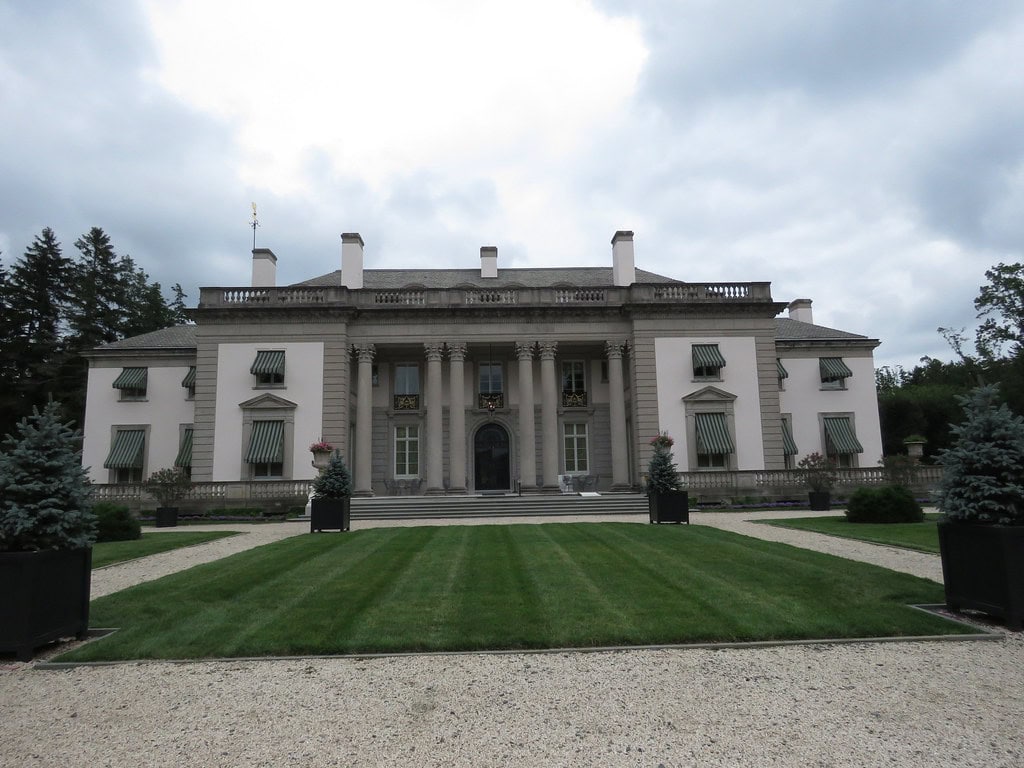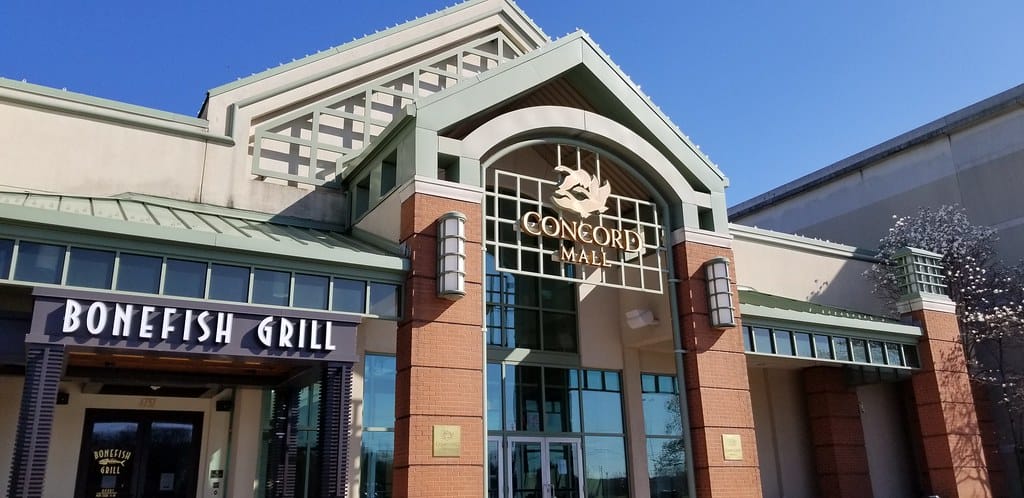For a while, Tri-State Mall was the place where people from three states came to shop, grab a slice, or catch a movie.
You could buy carpet at Levitz, school clothes at Kmart, and then swing by Tri-State Liquors without paying sales tax.
Launched in 1969 as a strip center and expanded in 1970 into a fully enclosed mall, it drew shoppers from Pennsylvania and New Jersey across the state line into Delaware.
The anchor tenants were hard to miss, and the parking lot stayed busy. For anyone searching for things to do in Delaware, the mall held its spot on the list for years.
Commercial Debut and Leasing Strategy in the 1970s
The Tri-State Mall's arrival came in two waves.
The strip section opened first in 1969, drawing immediate cross-border attention with its tax-free pricing.
But it was August 19, 1970, when the fully enclosed mall opened, that the property really started to anchor itself in regional habits.
Wilmington Dry Goods took the prime department store slot.
W.T. Grant set up as a direct competitor in general merchandise.
Pantry Pride brought grocery traffic, and Levitz Furniture filled out the eastern end with large-format home retail.
Each store played a different role in driving visits.
Then came Eric I, opening on November 11, 1970; this two-screen theater was one of the first of its kind in the state, with twin projection rooms and modern acoustics.
It ran a double feature of "I Never Sang for My Father" and "Cover Me Babe" on opening night.
The mall offered department stores, groceries, and a movie theater - enough to hold cross-border shoppers in one place for most of the afternoon.
That was the strategy. Keep them parked, spending, and moving between storefronts without leaving the site.
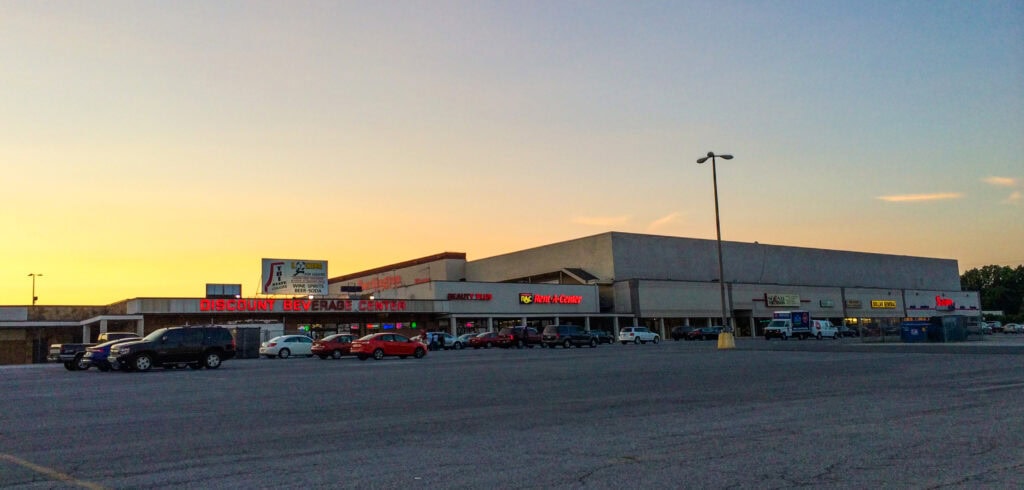
Traffic Drivers and Cross-State Sales Surge
By the late 1970s, Tri-State Mall adjusted its retail lineup.
When W.T. Grant went bankrupt in 1976, Kmart moved into the vacant anchor spot and stayed for nearly four decades.
In 1989, another shift followed. Wilmington Dry Goods, long since closed, gave way to Value City, a discount chain that eventually became the mall's retail backbone.
These changes weren't dramatic at the time, but they extended the mall's commercial run.
Through the 1990s, Tri-State Mall pulled in customers from New Jersey and Pennsylvania in large numbers, with tax-free shopping at the center of it all.
Tri-State Liquors benefited heavily from this setup, especially during multi-state lottery spikes.
People came across the border, stocked up, and often stayed for more than alcohol.
The mid-1990s brought light updates to flooring and signage, mostly cosmetic and geared toward delaying the mall's aging feel.
It wasn't a redesign. It was a patch to keep leases moving. The main corridor still had its original width and layout.
Even then, the older finishes and closed storefronts started standing out more than anything new.
Retail Closures and Tenant Exit Timeline
Tenant loss began hitting harder in the 2000s. Levitz Furniture, one of the original anchors, shut down in 2006 during the chain's national collapse.
By 2008, Value City had also exited, ending nearly two decades at the property.
That left fewer reasons to visit and fewer incentives for small stores to renew leases.
The leasing model that had carried the mall since 1970 began to fall apart.
Kmart held out until 2014, but its departure left a wide, visible vacancy that couldn't be hidden with signage or fencing.
Burlington Coat Factory, which had operated in a former Pantry Pride space, hung on until 2017.
Its exit came two years after the mall itself had already closed its enclosed interior to the public.
The official mall closure took place in 2015.
After that, the only remaining retail came from the surrounding strip units, especially Tri-State Liquors.
Meanwhile, New Hudson Facades used the dormant mall interior for non-retail purposes, storing commercial materials while the site waited for redevelopment.
By then, interior lights stayed off, no new tenants were coming in, and only the last few were walking out.
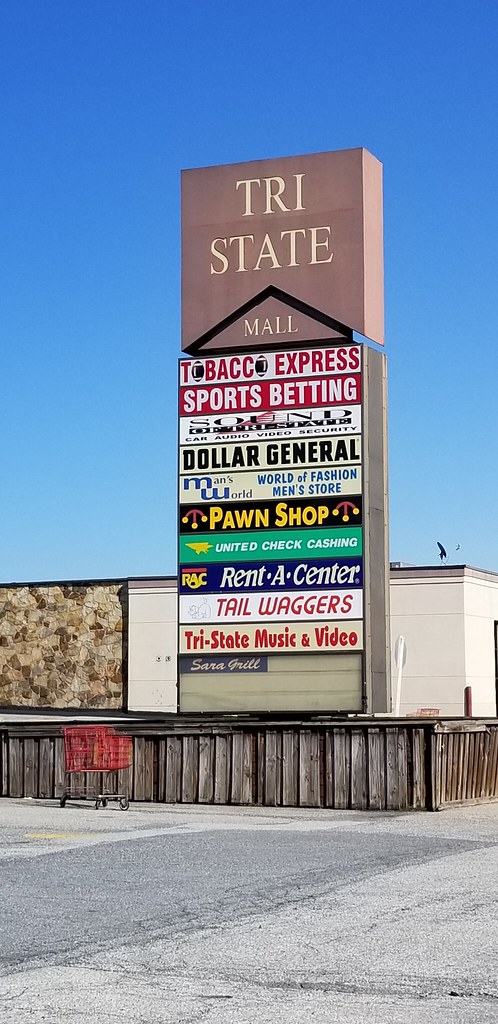
Site Clearance and Industrial Realignment
The deal closed in 2021. KPR Centers paid $12.5 million for 41 acres. The entrances posted no press rollout or renderings.
They weren't restoring the mall; they were clearing it.
The Levitz Furniture building was first. The steel frame was stripped down. Masonry was hauled out in dumpsters.
After that, crews went building by building, pulling apart structures that had sat empty for years.
Between 2022 and 2024, the entire enclosed section disappeared, leaving behind only the long footprint, a few service roads, and the bones of the strip center.
Plans didn't call for retail to return. Instead, the new development is centered on a 525,000-square-foot logistics facility.
It's a warehouse project tied to proximity; Interstate 95 sits just minutes away, and that's the pitch now: freight, not foot traffic.
The Claymont Renaissance Development Corporation listed it among several land-use shifts meant to reset how the area generates revenue.
By early 2024, gravel compacting had started, and the project's outline could be traced in the dirt.
The old entry signs were gone. What replaced them wasn't a grand opening banner; it was a construction permit on a fence.
Tri-State Liquors and the Business That Stayed Put
When Tri-State Liquors opened in 1984, it didn't have the prime real estate.
That went to department stores and furniture chains.
However, location turned out to matter less than timing and tax law.
Delaware didn't charge sales tax, and the liquor laws across the state line made things trickier and more expensive. So, people crossed over.
Through the 1990s and 2000s, traffic slowed at the mall, but Tri-State Liquors held on.
It had its entrance and parking. By the time Kmart and Value City were gone, most people came for one reason: to stock up.
Lottery runs, weekend weddings, out-of-town cookouts, holidays... they kept the coolers full and the checkout lines moving.
Then, in early 2024, they packed up and moved about 100 yards.
Same business, new building, 18,000 square feet, standalone, and just down from the old Levitz footprint.
They didn't close for long. By January 11, they were open again.
The inside looked cleaner, sure, but the shelving, pricing, and regulars all felt familiar.
Forty years after first opening, the business was still there. The mall wasn't.

Tri-State Distribution Center Opens on Former Tri-State Mall Site
In 2025, the Tri-State Mall site, once packed with department stores and tax-free liquor runs, turned into the Tri-State Distribution Center.
The address didn't change: 333 Naamans Road. But if you stood there now, almost nothing else would look familiar.
The mall footprint got scraped down, leveled, and poured into a tilt-up concrete building stretching 525,000 square feet across.
There are 97 dock doors. Four drive-ins. Space for 108 trailer stalls. Inside, it rises 40 feet with freight spacing built into the layout.
A 3,050-square-foot spec office sits at one end, but the main story here is volume, how trucks get in, out, and back on the road.
I-95 is close. From this point, the building touches a labor and consumer radius of over six million people within an hour's drive.
The roof uses TPO over metal decking and is fully insulated.
Light comes from motion-sensor LEDs. Power hits the site through two high-capacity 3-phase lines, together pulling 5,000 amps.
Leasing is active now; details are listed on tristatedc95.com.
What used to be a retail anchor in the region got cleared fast.
What's in its place doesn't pause to remember what came before.

🍀

